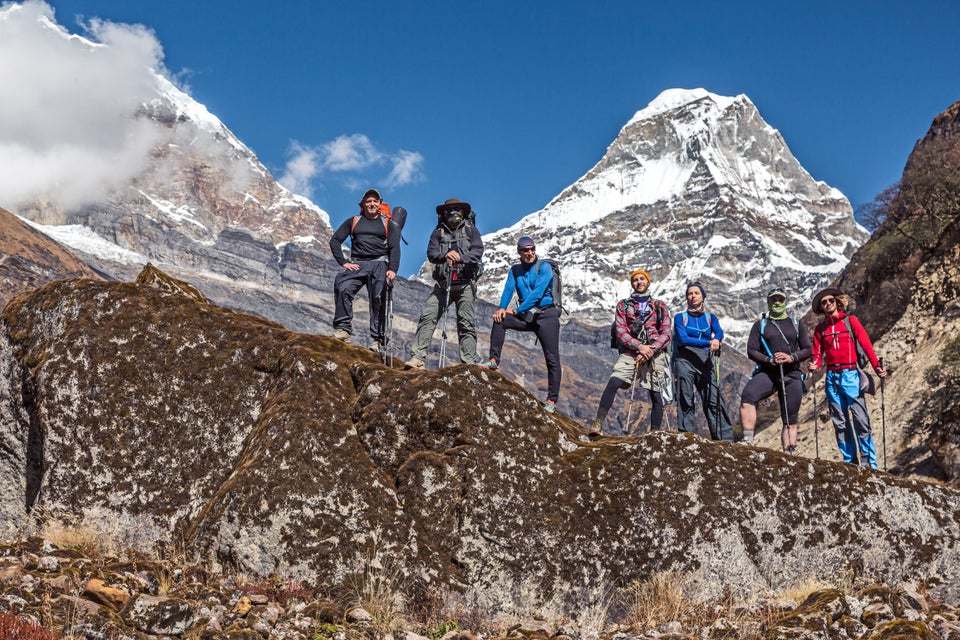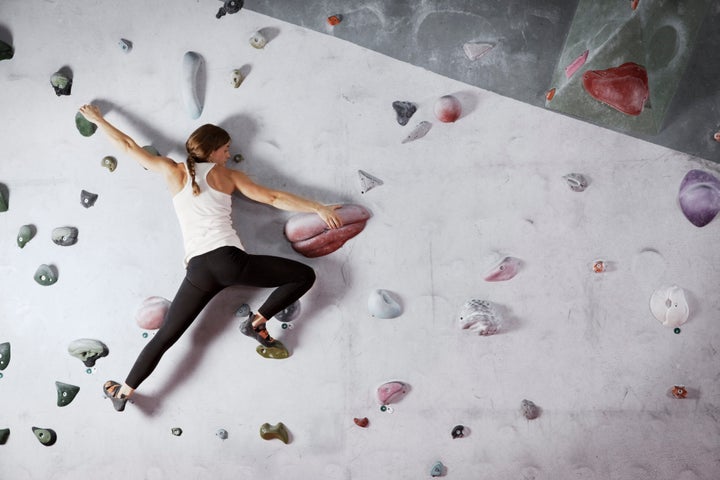
Looking for an activity that burns tons of calories, has been proven to reduce blood pressure and cholesterol, tones your whole body, helps to boost your creativity, can reduce depression and gets you in touch with nature - and your friends (yep, all according to science)? Aren’t we all?
Well, we’d like to introduce you to climbing. Maybe you don’t know much about the sport. Maybe you’re scared to try it because you’re afraid of heights or worried that climbing is more dangerous than other activities. Good news there: according to a 2010 study published in the Journal of Sports Medicine, indoor climbing - where newbies typically start - had the fewest injuries per 1,000 hours of participation when compared with other sports like football, sailing and basketball.
Climbing is becoming an activity for the whole family to embrace, with climbing centres catering to all skill levels cropping up all over the UK. In addition to the enjoyment of the workout itself, it’s a form of exercise that also gives you that satisfying feeling of overcoming an obstacle and challenging yourself to something new. Plus, have we mentioned it’s good for you?
“There are numerous health benefits. The obvious one is strength in the arms, shoulders and core, particularly the more you do and the harder the climbs you undertake,” says climbing expert and author Nigel Shepherd, who’s been a full-time mountain guide since 1979 with British Mountain Guides. “And, it’s good for the soul.”
Before you head off for that peak, or to your local climbing centre, check out these top ten tips for beginners looking to try the sport.
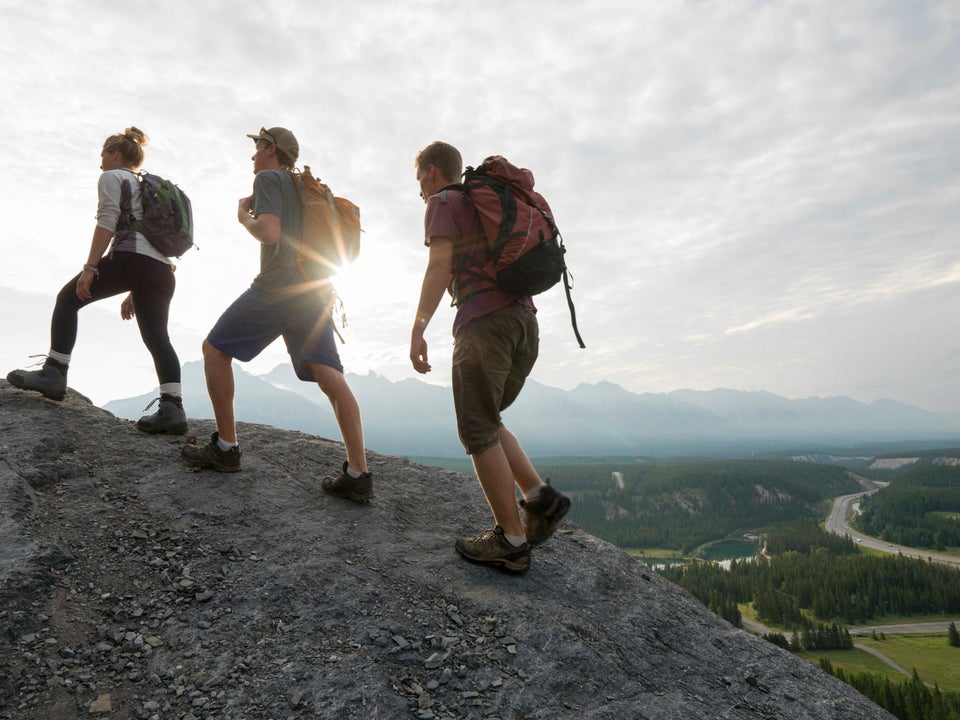
"Find yourself someone who shares your interest to climb and join a session for beginners at your local indoor climbing wall. You could hire an instructor privately for tuition," says BMG guide Nigel Shepherd, author of Climbing Manual: The Essential Guide to Rock Climbing. With someone else holding the other end of your rope, climbing is the ultimate exercise in building trust with your friends.
You can also try downloading an app like Climb Buddy, which can put you in touch with a climber near you.
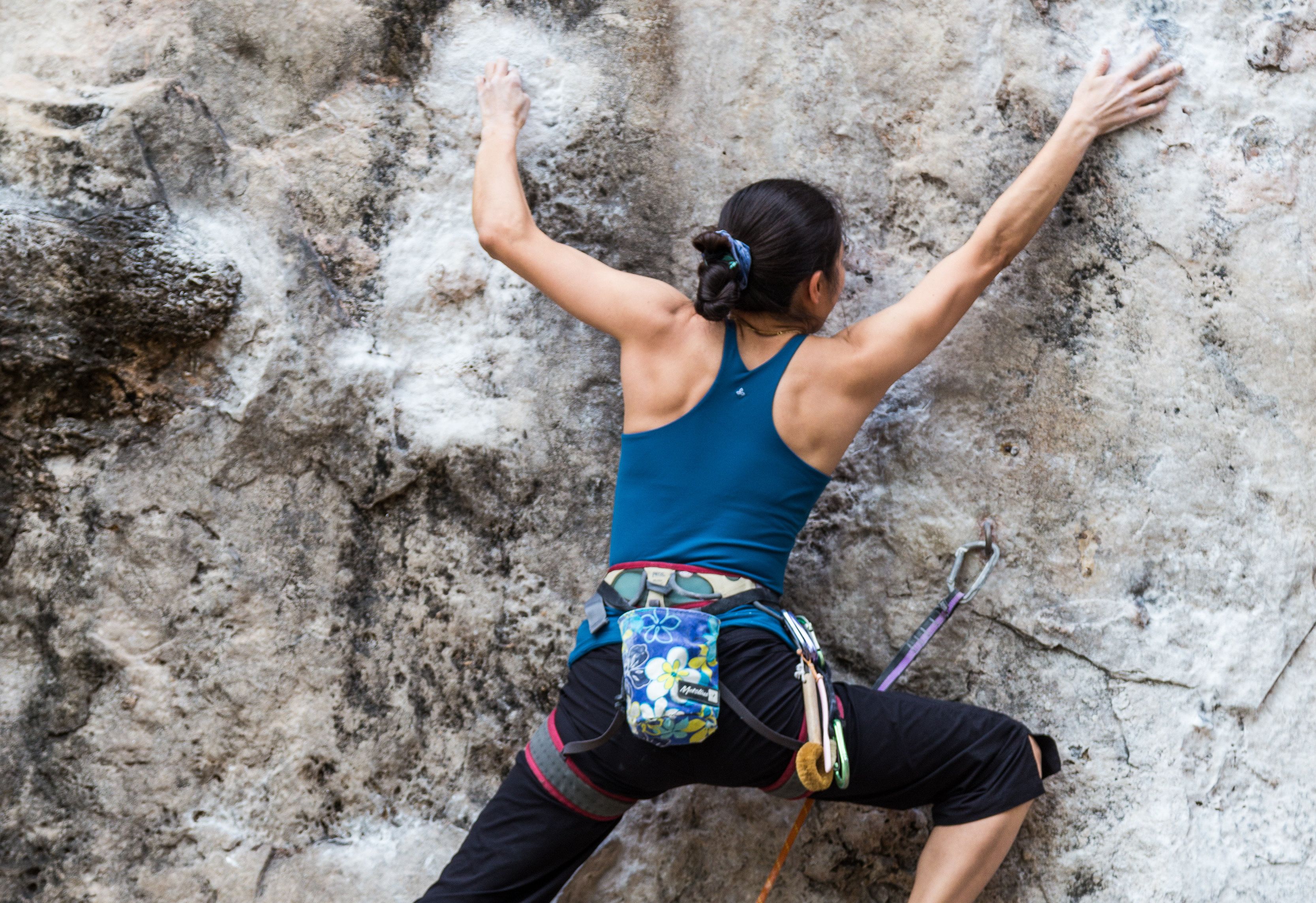
And then there's also bouldering: a type of rock climbing that can suit even those who aren't into heights.
"Bouldering is a sport where climbers go to rocks up to five metres in height (though not exclusively - higher boulders can be up to eight or more metres high and are known as 'highball problems')," explains Shepherd.
"The climb is a sequence of moves which may be quite simple or extremely technical, but the proximity to the ground means that ropes and other paraphernalia are unnecessary. Boulders possess only a soft crash mat for falling onto, a pair of climbing shoes and a chalk bag.
"Rock climbing is like bouldering but climbs are longer, require more safety equipment with a good knowledge of how to use it and a good head for heights."
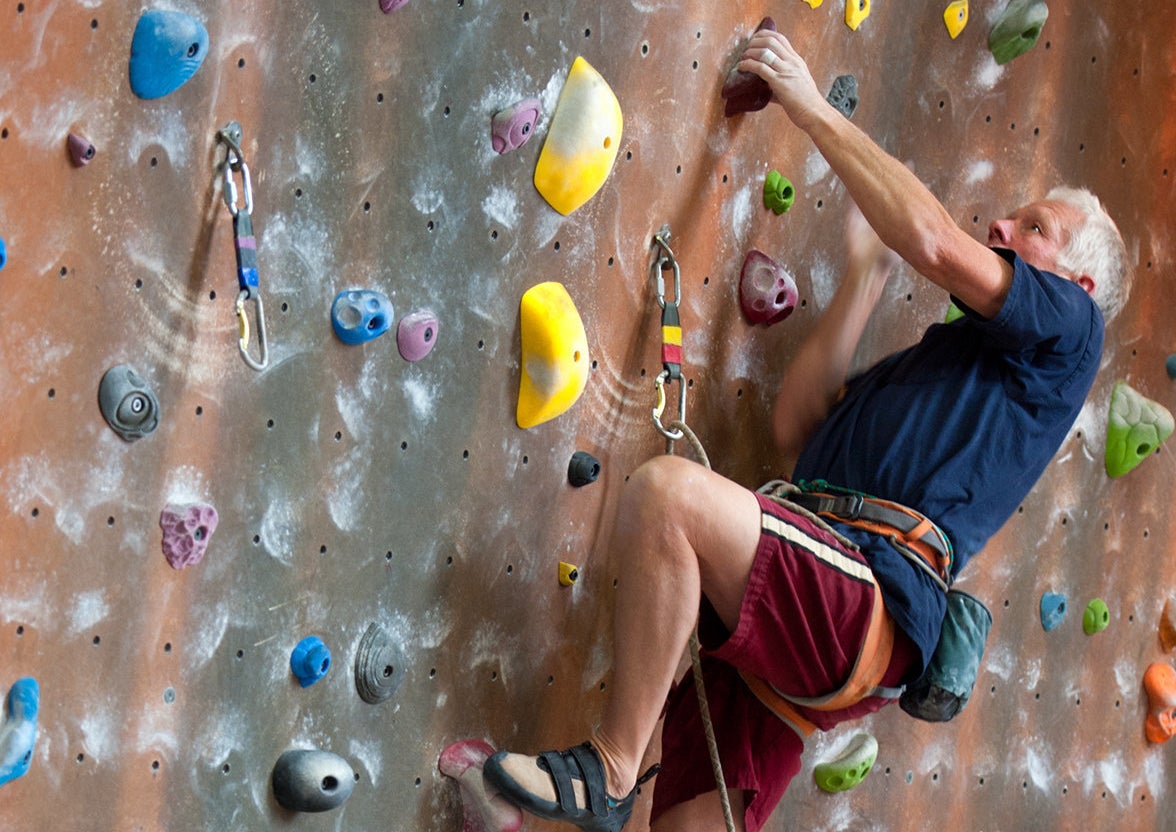
Shepherd recommends that you wear "stretchy, comfortable clothing, such as you might wear to the gym." Any specialist equipment - harnesses, ropes, climbing shoes - are typically provided as part of the package.
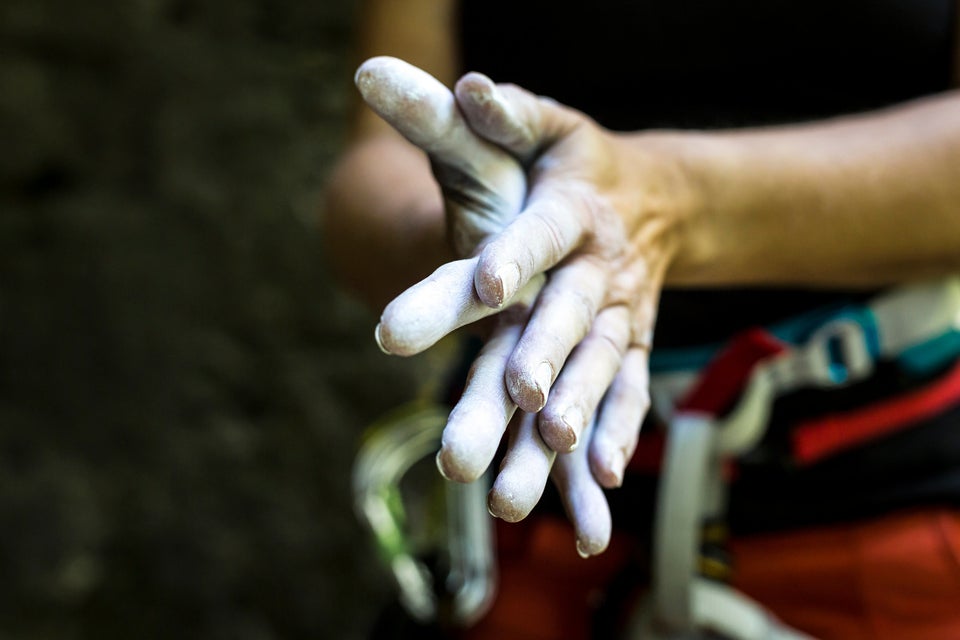
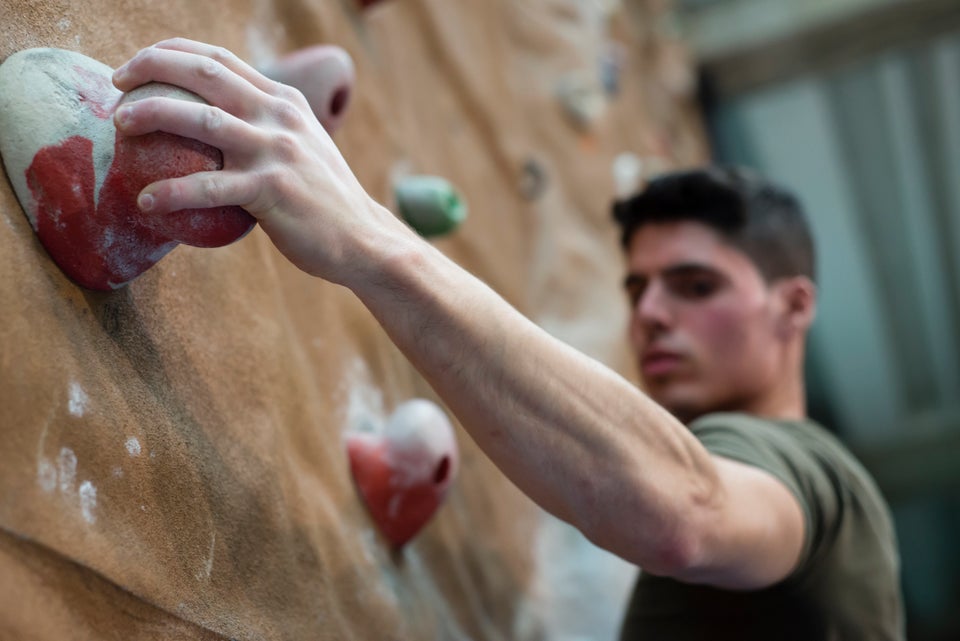
"It helps with overcoming anxieties, such a height above ground," says Shepherd. Nervous climbers will gain confidence the more they climb, and double and triple-checking all safety measures can help assuage their fears.
As you develop your rock climbing skills, you'll also be honing your concentration and problem-solving savvy.
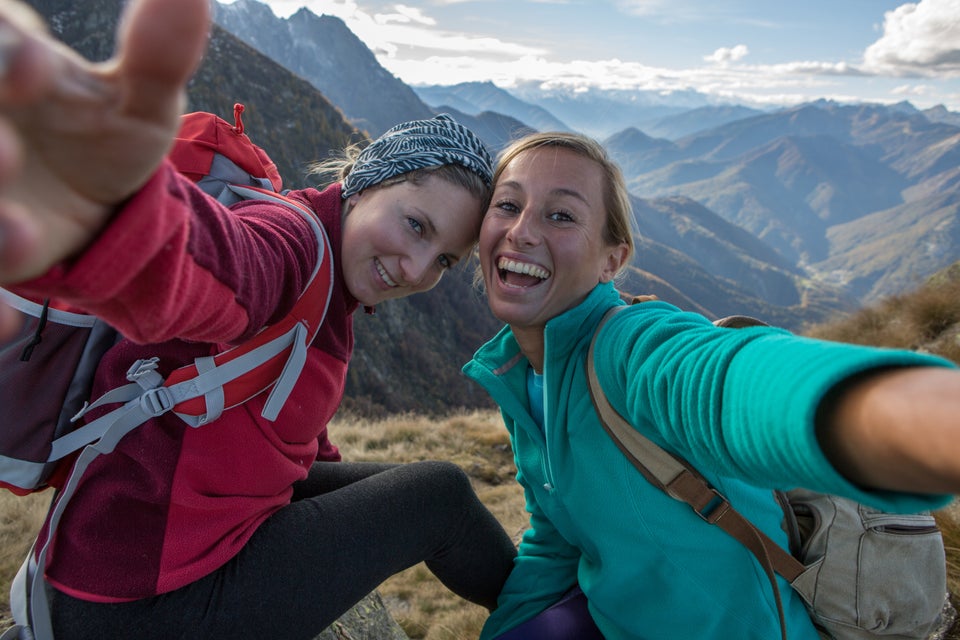
"A good level of fitness is beneficial though not a prerequisite. Often really strong, muscly types flounder where someone less mighty might overcome problems by the application of good technique," explains Shepherd.
"If you have any upper body muscle strains or injuries, particularly in the hands, arms or shoulders, it’s probably better to wait until they are healed."
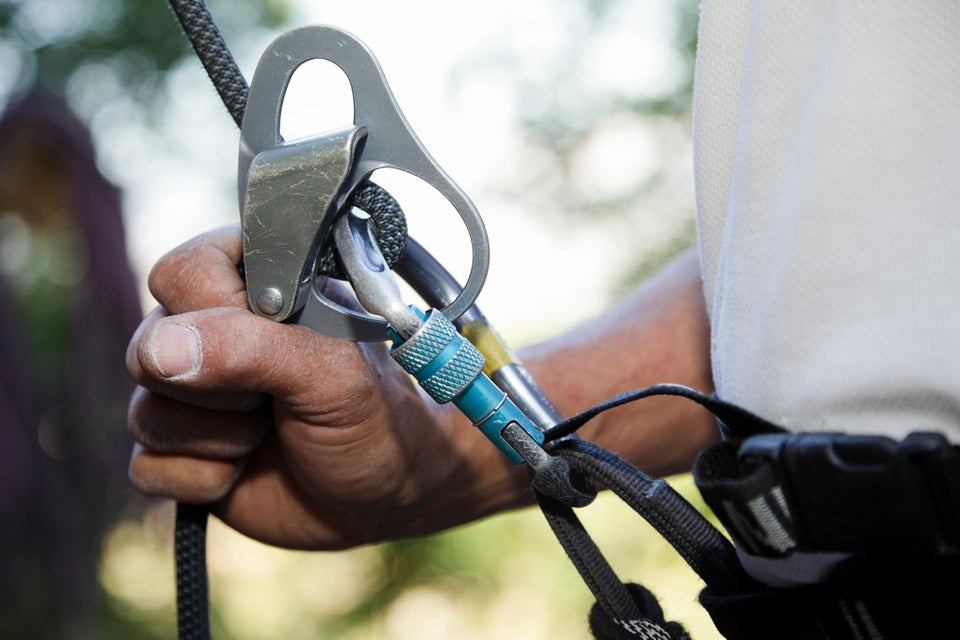
Another term to master? Toproping. The climber is attached to one end of a rope which passes up through an anchor system. The other end of the rope passes down to the belayer. This is typically the first climbing style you'll learn as a newcomer to the sport.
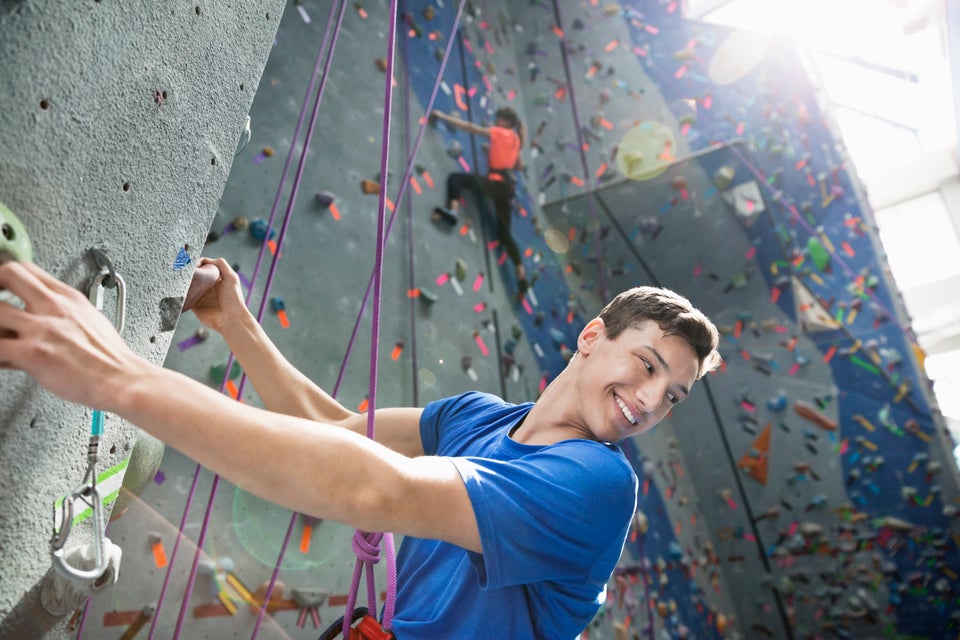
Some to try? The Climbing Works offers a bouldering-only experience in Sheffield for all ages, while The Arch (with three locations around London) offers hundreds of new routes a week for constant inspiration. It's also open seven days a week, from 6:30am to 10:30pm, so you can fit your climb around your crazy work schedule.
Team the great outdoors with the climbing wall experience at ROKTFACE in West Yorkshire, the UK's highest man-made outdoor climbing wall or try The Climbing Hangar (in London or Liverpool), which specialises in coached taster sessions for newbies. You can also take yoga for climbers classes there or bring your seven-year-old during half-term. The Castle Climbing Centre in north London offers indoor and outdoor experiences, while The Ice Factor in Lochaber, Scotland, gives you a taste of winter adventures with its 400-tonne ice wall.
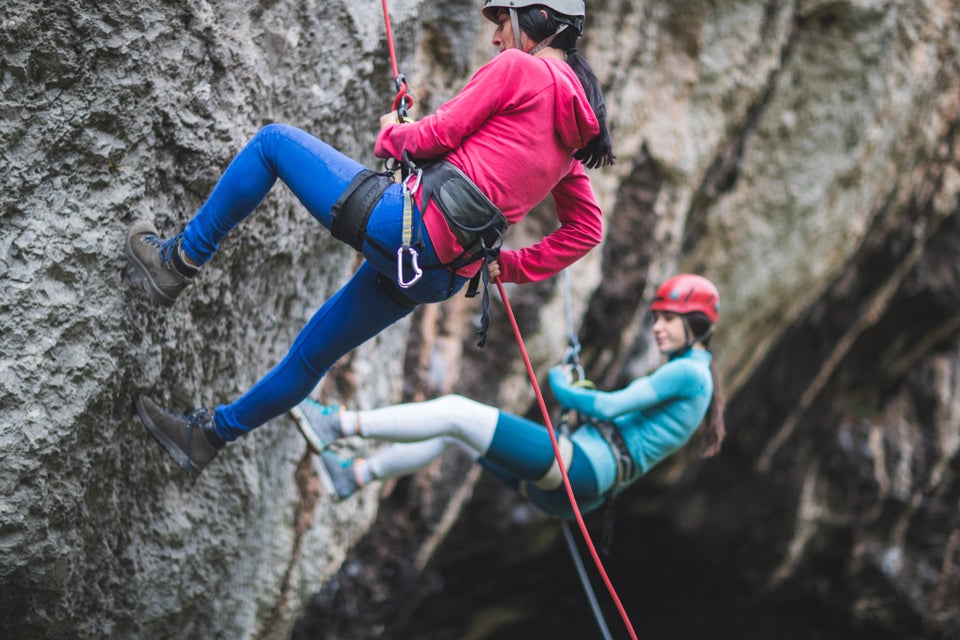
According to Shepherd, one of the benefits of climbing is being "outdoors in the fresh air and in beautiful surroundings from high mountains to open moorland cliffs by the sea. And also the travel to more exotic locations away from the UK."
